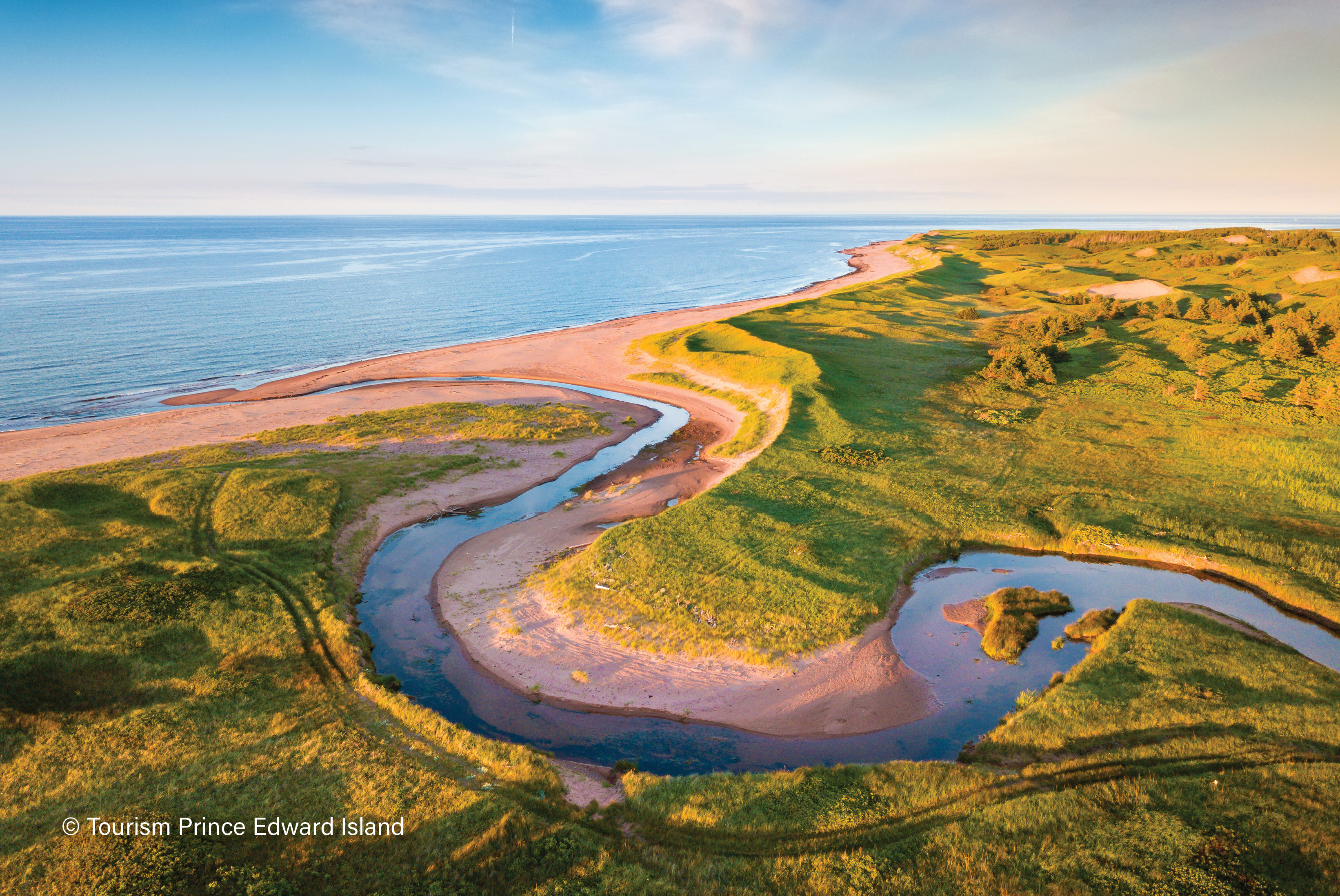
Whether you’re getting ready to take our Maritimes Coastal Wonders tour or you’re simply interested in learning about the Atlantic provinces, consider this your primer on this stunning region. When it’s time to embark on your journey, you’ll be ready to wow your fellow travelers with your newfound(land) knowledge! From the rugged beaches and picturesque fishing villages to rich history and delectable seafood, let’s take a look at what makes Atlantic Canada so special.
New Brunswick
The only city on the Bay of Fundy, Saint John is Canada’s first incorporated city (1785). It is home to Canada’s oldest continuously operating farmers’ market (Saint John City Market) as well as the award-winning Area 506 Waterfront Container Village.
This is a land of covered bridges, including the world’s longest. There are 58 covered bridges across the province. By comparison, Quebec has 98 and PEI has two. New Brunswick is home to the world's longest covered bridge (Hartland) and shares the world's longest bridge over ice-covered water (Confederation Bridge to PEI).
The highest tides in the world are in the Bay of Fundy, the body of water that separates New Brunswick and Nova Scotia. 160 billion tons of water fills the bay twice daily, which is enough water to fill the Grand Canyon!
This is Canada’s only officially bilingual province, with both French and English slated as an official language.
Forests are a huge part of the landscape of New Brunswick. Although the province is about 85% forested, it also has many rivers and lakes to enjoy, including two of the world's top rivers for fly fishing Atlantic salmon (Miramichi & Restigouche).
Newfoundland and Labrador
Newfoundland and Labrador joined Canada in 1949 and is the country’s youngest province. St. John’s, their capital city, is located at the same latitude as Seattle, USA, and Paris, France. Saint-Pierre et Miquelon, a little bit of France just off the south coast of Newfoundland, is only an hour and 30 minutes away!
L’Anse Aux Meadows National Historic Site, a UNESCO World Heritage Site located on the island’s northern tip, was once home to Vikings. It’s the only authenticated Viking settlement in North America!
This province is home to the world’s largest concentration of humpback whales. When ancient icebergs drift south and humpbacks migrate north, they’re bound to cross paths. You could meet 22 varieties of whales and dolphins here!
Iceberg Alley runs down along the East coast of Labrador to the Southeast coast of Newfoundland. Breathe in plenty of fresh sea air along Iceberg Alley, where a sparkling spring parade of towering, 10,000-year-old icebergs unfolds every year, in a beautiful clutter of pristine white and azure blue.
Newfoundland is in a time of its own – literally – with its own time zone that is a half hour ahead of Atlantic time and an hour and a half ahead of Eastern time. Click here for details on the SPM Ferry (crossing time from Fortune to Saint Pierre is 1.5 hours).
Nova Scotia
Nova Scotia is Latin for New Scotland. Many of the early European settlers of this province were Scottish, which fueled their culture. You can learn more at Colaisde na Gàidhlig, The Gaelic College, on Nova Scotia’s Cape Breton Island.
Nova Scotia is home to the most lighthouses of any of the Canadian provinces. There are more than 150 lighthouses here, including the beautiful light at Peggy’s Cove, one of the world’s most frequently photographed.
Nova Scotia’s four founding cultures include Mi’kmaq, Acadian, Gaelic, and Black Loyalists. 26 National Historic Sites allow you to experience the cultural history of the Mi’kmaq First Nations and the early settlers.
Travel the world-famous Cabot Trail in this province to experience the natural beauty of the Cape Breton Highlands. Cape Breton Island has recently been named the #1 Island in the Americas by Condé Nast Traveler.
This province has over 8,000 miles of coastline, meaning that fresh sea air, coastal adventures, and fresh seafood are never too far away.
Prince Edward Island
The Tyne Valley Oyster Festival in Prince Edward Island holds the Guinness World Record for most fresh oysters opened in one hour, by a 10-person team. How many in total: 8840! Shucked in 1 hour by 1 person: 1114. Known as Canada’s Food Island, PEI’s award-winning chefs turn the local ingredients from land and sea into culinary masterpieces. From steamed blue mussels to potato cakes and wild blueberry grunt, there’s a dish for everyone.
Point Prim Lighthouse is Canada’s only round brick lighthouse and PEI’s oldest lighthouse – built in 1845. The PEI coast also gives you the chance to breathe in the salt air while you’re exploring pristine sand beaches, watching the rolling surf, admiring their red cliffs, and viewing parabolic dunes.
Prince Edward Island’s motto is “parva sub ingenti.” This means “the small under the protection of the great” because it is Canada’s smallest province.
PEI is a major potato producer and exporter! They’ve been growing potatoes for more than two centuries and this industry is worth over tens of millions of dollars to the island’s economy.
Author Lucy Maud Montgomery was born in Clifton, PEI, now New London, and made it the setting for literary classic Anne of Green Gables. The spirit of Anne is alive in every corner of the province and you can delve into the history of this famous red-haired character at PEI’s Anne of Green Gables Museum.

